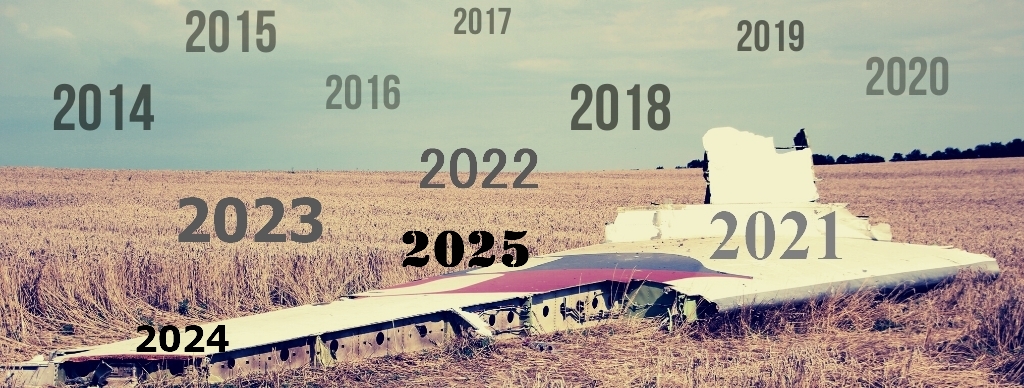30
Code sharing
Code sharing (sharing a flight under different codes)28 is common in civil aviation. It
involves two or more airlines offering seats under their own codes and flight numbers
on a scheduled flight operated by one of these airlines. In other words, an airline can
sell a flight ticket under its own name for a flight that, in practice, is operated by
another airline. The airline with which the tickets are booked is obliged to inform
passengers about the airline that will actually be operating the flight. According to
ICAO rules, the airline that operates the flight is fully responsible for all the
passengers, so also for their safety and for the passenger list in the event of a serious
incident or accident.
According to the code share agreement between Malaysia Airlines and KLM, the airline
operating the flight handles the entire flight. In the case of MH17, this was Malaysia
Airlines. In accordance with this agreement, KLM played no role in handling the flight.
Flight MH17 on 17 July 2014
Flight MH17 on 17 July 2014 was overbooked by ffteen persons. Since several passengers
did not arrive on time, in the end it was only necessary to rebook eight people on a
different flight. When the aeroplane departed, 298 people (4 cockpit crew, 11 cabin crew
and 283 passengers) were on board the aeroplane. 269 of the passengers flew with a
ticket from Malaysia Airlines, 11 with a ticket from KLM, 2 with a ticket from Qantas, and 1
with a ticket from Garuda Indonesia. The passengers with a KLM ticket were travelling on
the basis of the code share agreement with Malaysia Airlines. The passengers who had
booked with Qantas or Garuda Indonesia were travelling by means of a combined flight,
flying part of the journey with these airlines and part of the journey with Malaysia Airlines.
For many passengers, Kuala Lumpur was not the fnal destination. They were to travel
further to, for example, Australia, Thailand or Indonesia.
The flight handling procedure was routine. Passengers could check in for the flight online.
All passengers departing from Schiphol did have to physically pass the check-in counter
manned by the ground handling agent 29 used by Malaysia Airlines. The only passengers
who had their passports scanned 30 prior to the flight where those on their way to
destinations for which registration was compulsory (the so-called API destinations; see
the blue box) and those for whom digital passport data were still lacking at Schiphol.
Some countries have made the registration and supply of additional data on incoming
passengers via Advance Passenger Information (API) mandatory for all airlines.31
28 The two-letter code of the airline concerned, such as MH for Malaysia Airlines and KL for KLM.
29 The ground handling operations at the airport (such as check-in, boarding, baggage handling, and the transport
of passengers and baggage to and from the aeroplane) can be provided by the airline itself or by a so-called
ground handling agent. A handling agent performs the ground handling operations as commissioned by the
airline (or several airlines). Each airline has different requirements for their handling services. Schiphol provides the
hardware necessary for the handling services and the airline provides the software at the airport.
30 The aviation sector refers to this scanning process as swiping.
31 These countries include Australia, Canada, China, India, Japan, Mexico, Russia, Spain (except for passengers from
Schengen countries), Turkey, the United Kingdom and the United States.





